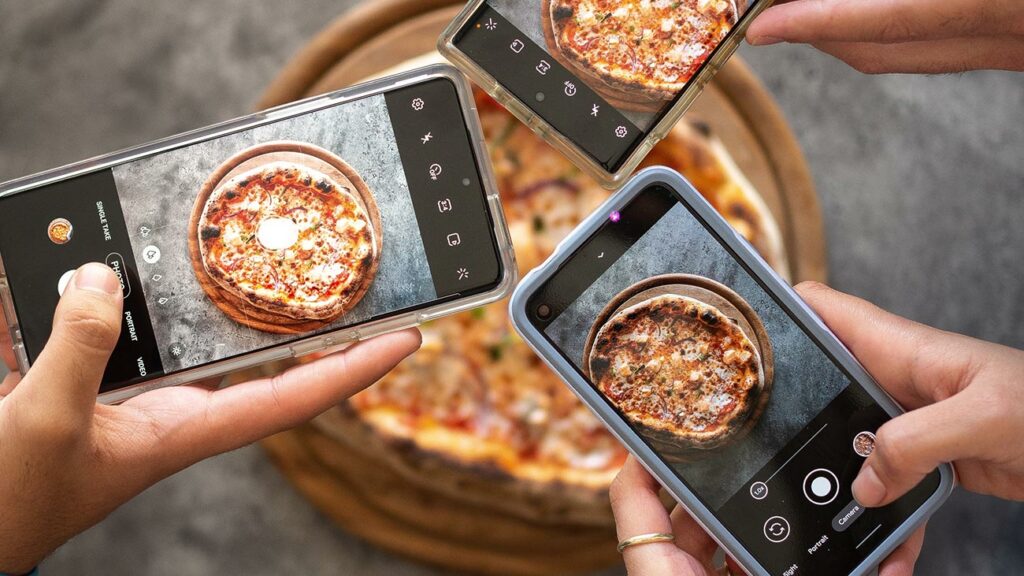Key takeaways:
- Gen Z, born from mid-1990s to early 2010s, seeks authentic, personalized experiences and navigates effortlessly through digital platforms.
- Challenges in mapping their journey include rapidly changing preferences and ensuring omnichannel consistency.
- Strategies include embracing ephemeral content, interactive user-generated content, and purpose-driven branding.
- Future mapping involves advanced technologies like AI and AR for hyper-personalized experiences with ethical considerations.
- Gen Z’s expectations shape the future of journey mapping with a focus on authenticity and innovation.
Gen Z will soon replace the millennials as the generation in their most productive years, and companies are all over them. This comprehensive guide explores the nuances of Gen Z’s consumer behavior and strategies for effective customer journey mapping to cater to their unique needs.
Born roughly from the mid-1990s to the early 2010s, Gen Z embodies a diverse and tech-savvy group. They’re known for their deep connection with technology, a profound awareness of environmental and social issues, a sincere craving for authenticity, and an insatiable appetite for tailored and personalized experiences.
Digital natives
Think of Gen Z as the generation raised by screens and pixels. They’re practically born with smartphones in hand. From social media platforms to e-commerce sites, they effortlessly glide through various digital landscapes, expecting nothing less than a hassle-free, intuitive online journey. For them, it’s not just about using technology; it’s about seamlessly integrating it into their everyday lives. Their skills enable them to swiftly adapt to new apps, platforms and whatever else is new.
Preference for authenticity
Gen Z craves the real deal. Authenticity is their language. They’re not fans of smoke and mirrors; they want brands to talk straight. They have a radar for anything that feels fake or insincere. Genuine connections, honest communication, and brands that walk their talk? That’s the key to their hearts. They value authenticity as it resonates deeply with their values and beliefs, distinguishing between genuine connections and inauthentic marketing tactics in a snap.

Desire for personalization
Gen Z loves feeling special. They’re all about tailored experiences that speak directly to them. Personalized recommendations? They’re like getting a thoughtful gift. They expect brands to know their tastes, preferences, and quirks, delivering experiences that feel uniquely theirs. It’s not just about products; it’s about creating connections that feel personalized and authentic, catering to their individual tastes and desires.
Challenges in journey mapping for Gen Z
Catering to Gen Z comes with its challenges. Be very careful about what you’re (not) doing – Gen Z isn’t known for its capacity to forgive.
1. Rapidly changing preferences
Gen Z’s preferences and behaviors evolve swiftly, making it challenging for businesses to keep pace and adapt their strategies accordingly. What was cool today may not be cool tomorrow. You have to be ready to adapt to whatever Gen Z decides is the new trend. If you want to stand still, make sure your brand is strong and authentic enough to survive the constant shifts.
2. Omnichannel consistency
Ensuring a seamless experience across various channels and touchpoints can be complex, especially considering Gen Z’s multi-channel engagement habits. Don’t let one channel be suspiciously different from the other – stay consistent everywhere you are.
3. Staying “true” to your brand
If you successfully cater to Gen Z, they will create a certain image of your brand. This image may not completely reflect the one that you yourself have of your brand. In a situation like this, it’s easy to do something they will not like. And when Gen Z doesn’t like something, they make it known. It’s not always easy to predict their reaction, but making sure you see your brand the way they do will certainly help.
Adapting strategies for Gen Z journey mapping
What changes should incorporate into your marketing strategy to stay relevant?
1. Embracing ephemeral content
Gen Z gravitates toward ephemeral content (short-lived, usually disappearing in 24 hours or less) on platforms like Snapchat and Instagram Stories. Incorporating such content in marketing strategies can resonate well. This content should also feel as organic as possible – they’re not so hung up on professional images, or at least what old-timers may consider professional images.
2. Interactive and user-generated content
Engage Gen Z by allowing them to co-create content or participate in brand campaigns, fostering a sense of ownership and connection. Also, they don’t want to feel like they’re the only ones using your brand of products – being part of something bigger is what they’re looking for. They want to see others interacting with your brand, too.

3. Purpose-driven branding
Emphasize the brand’s commitment to sustainability, aligning with Gen Z’s values and inspiring loyalty. This commitment has to be true, though – there were brands that tried to pretend, and as you may have already understood from our article, Gen Z doesn’t like brands that pretend to be something they’re not.
The future of Gen Z journey mapping
As Gen Z continues to dominate the consumer landscape, the future of journey mapping involves harnessing advanced technologies like AI, augmented reality, and immersive experiences to deliver hyper-personalized and innovative encounters, while keeping in mind the peculiarities of Gen Z. It will be crucial to balance technological advancements with ethical considerations and a human-centric approach.


